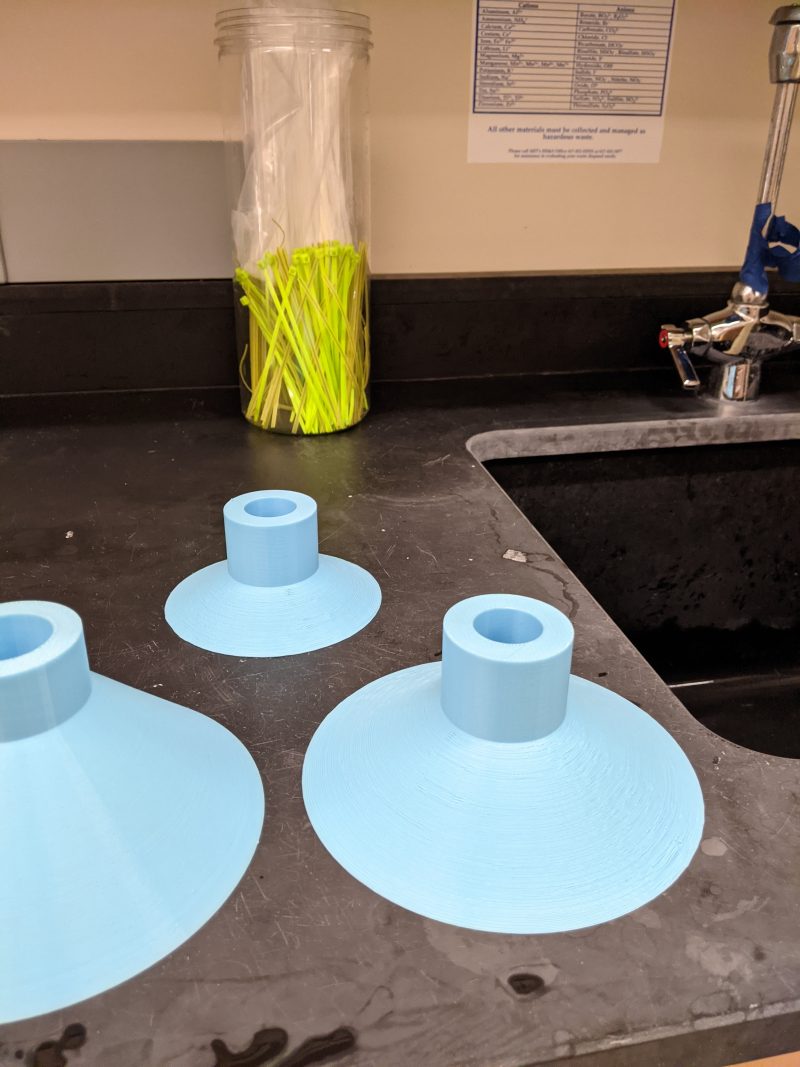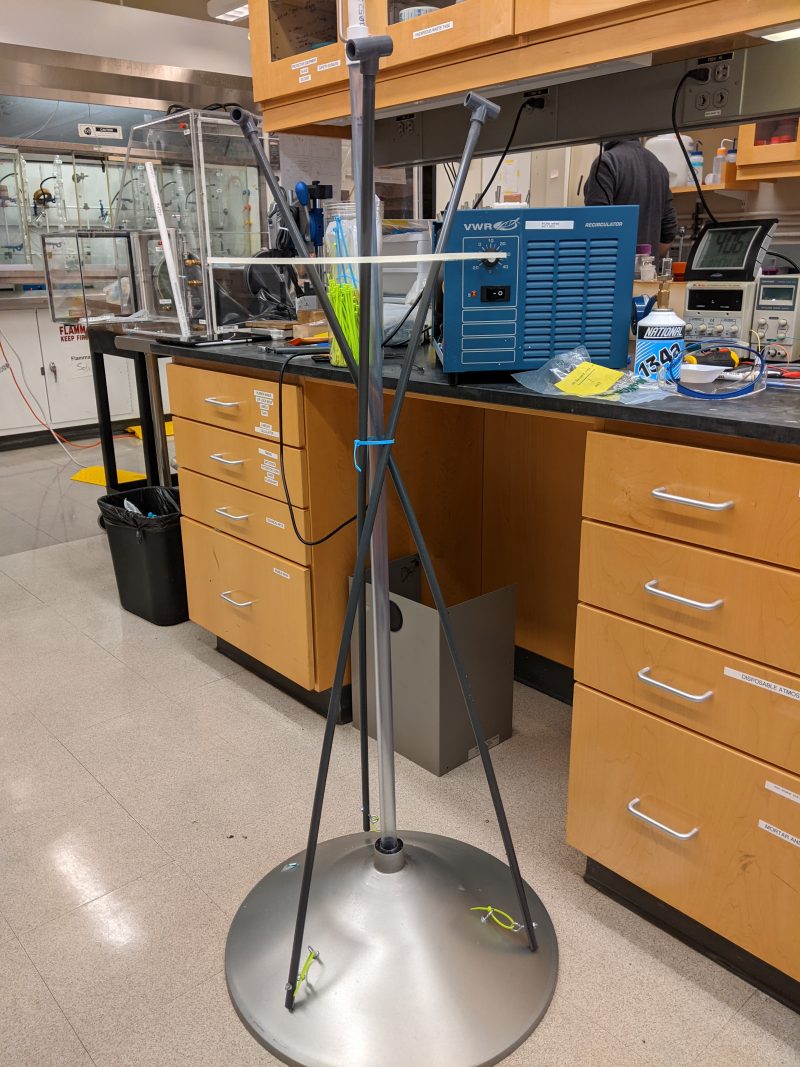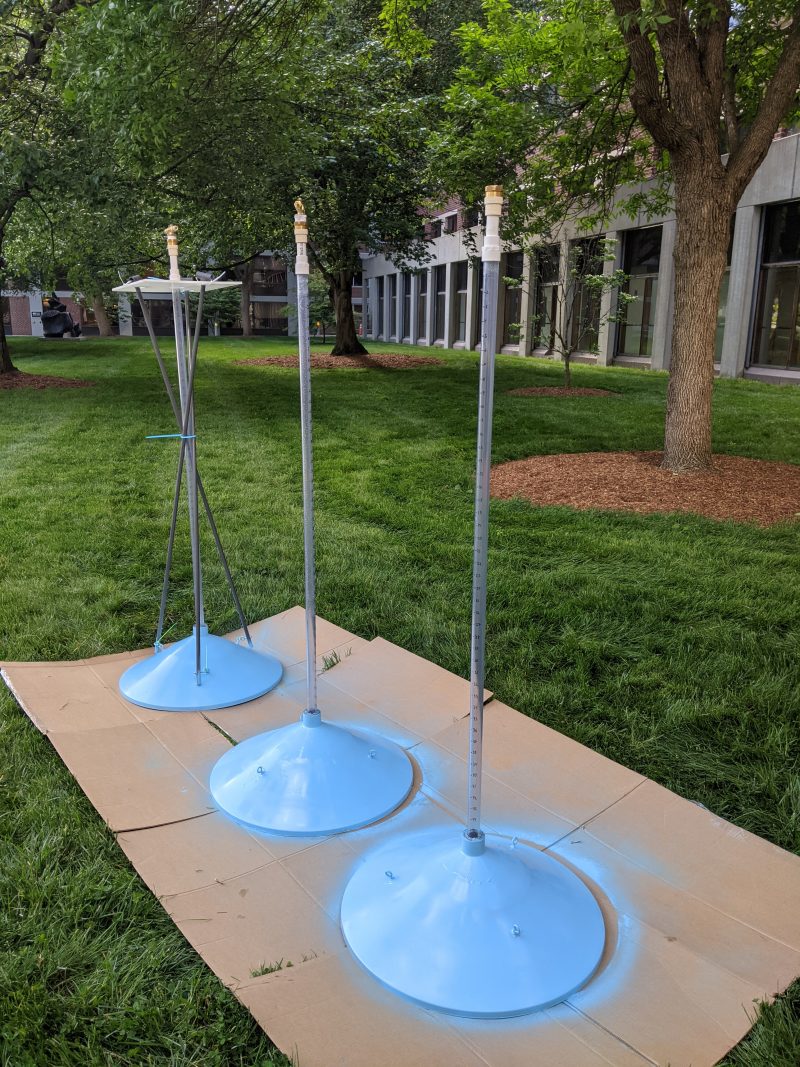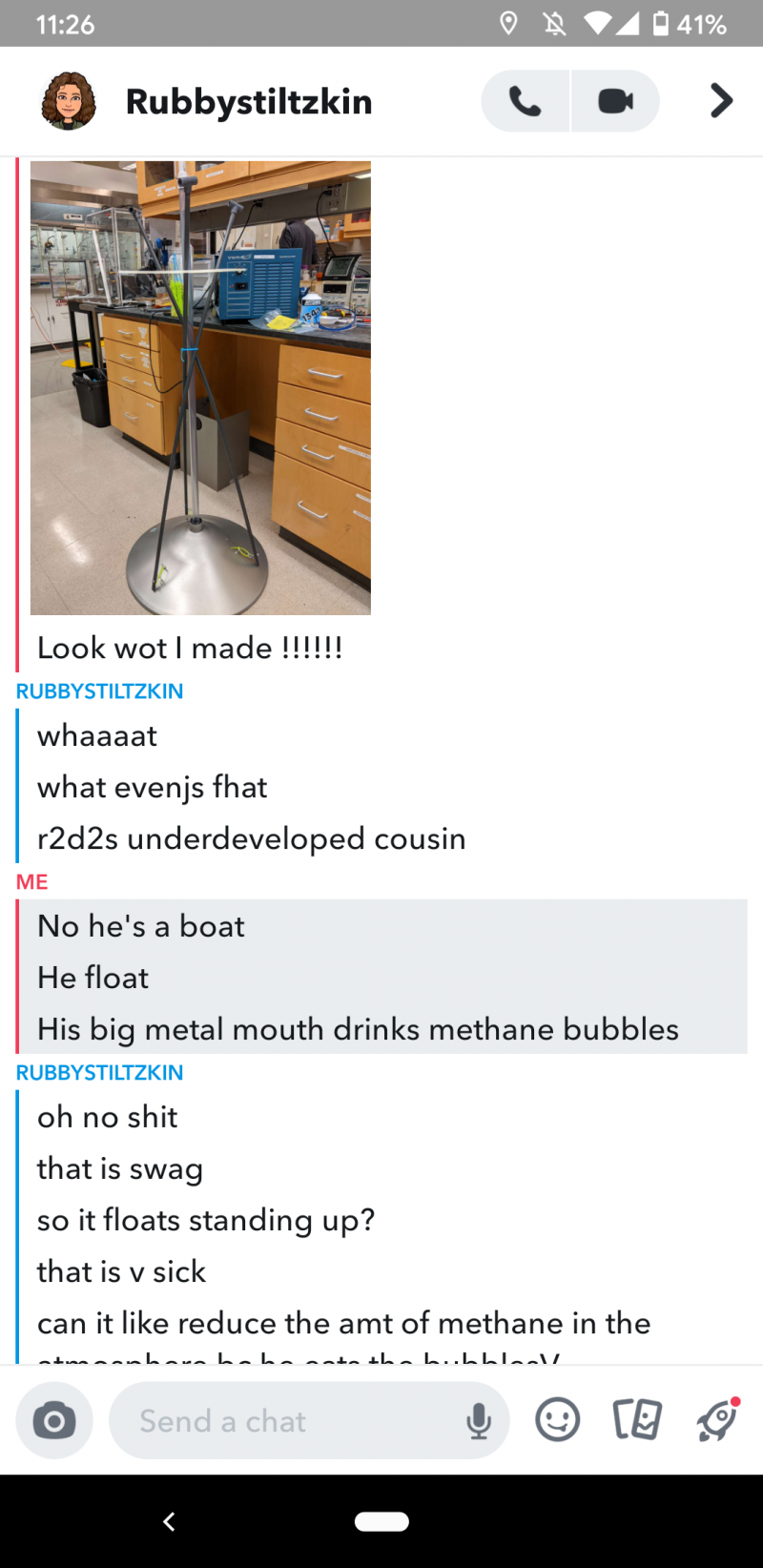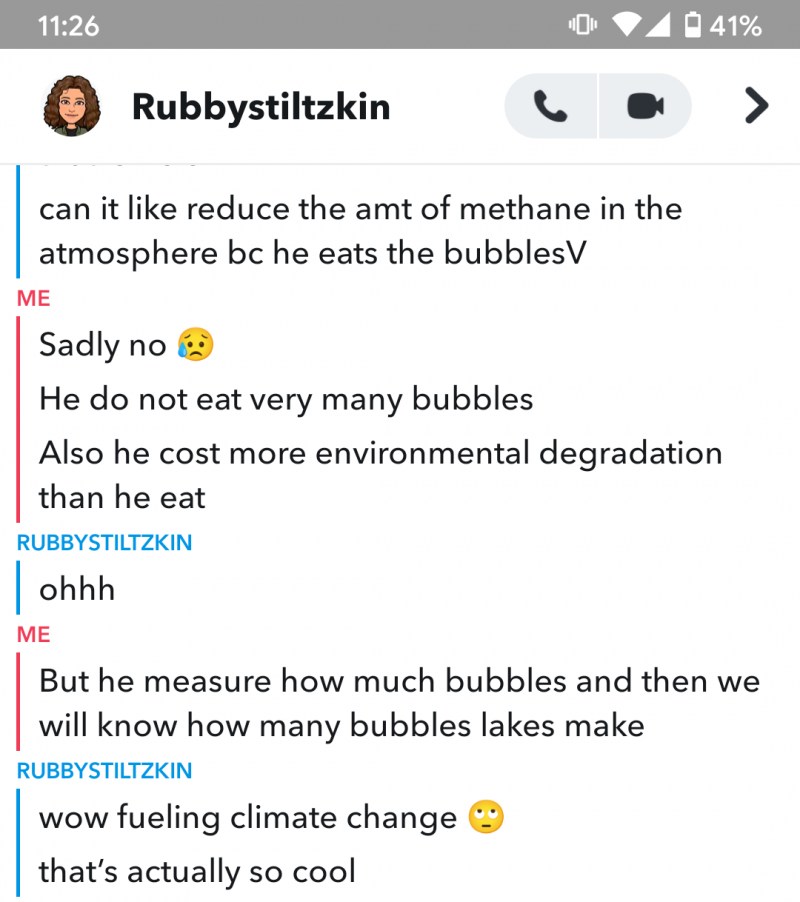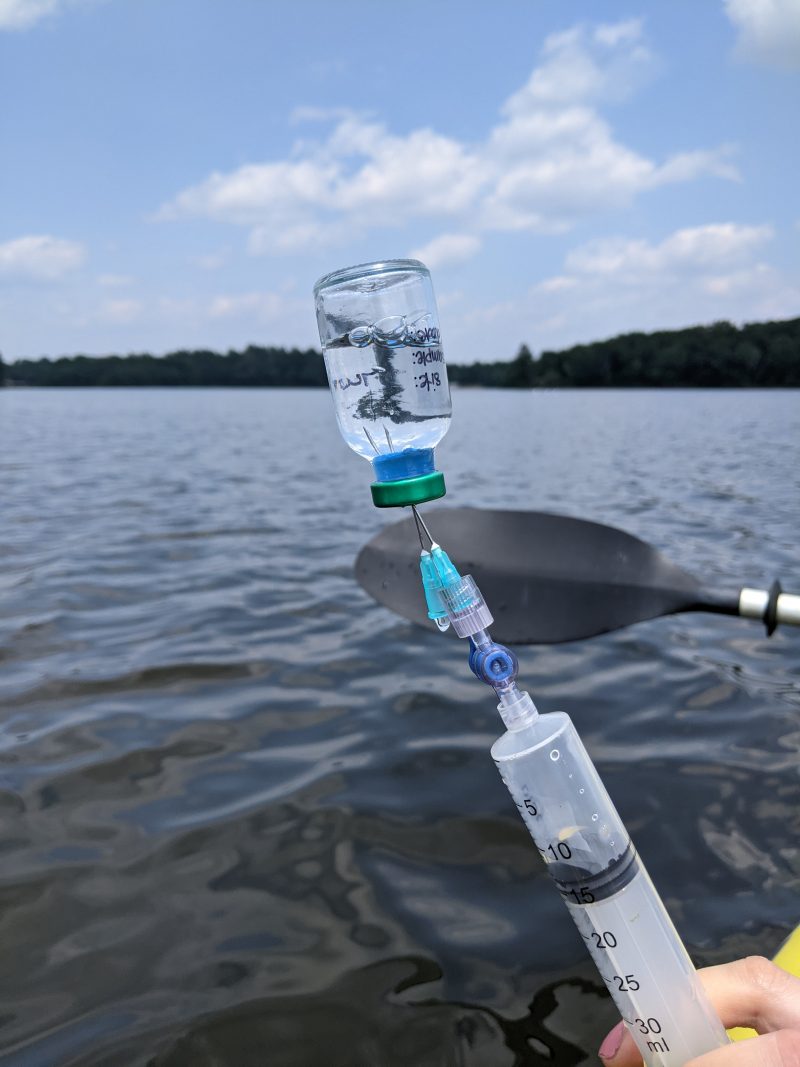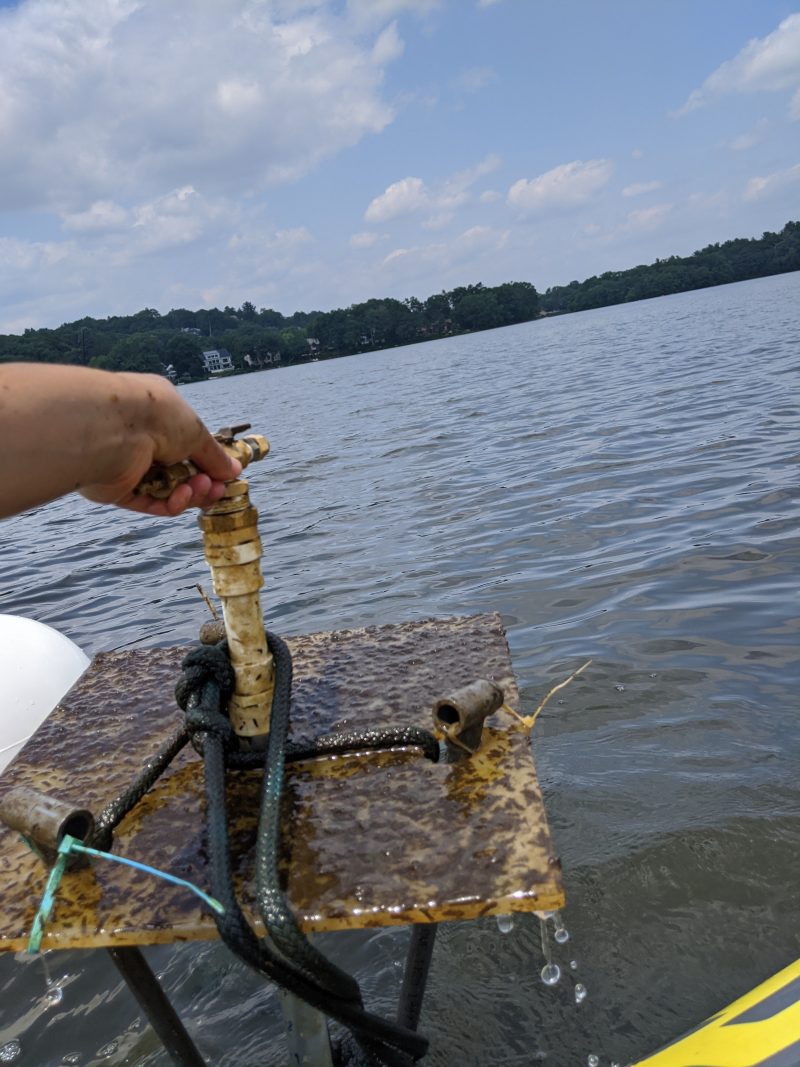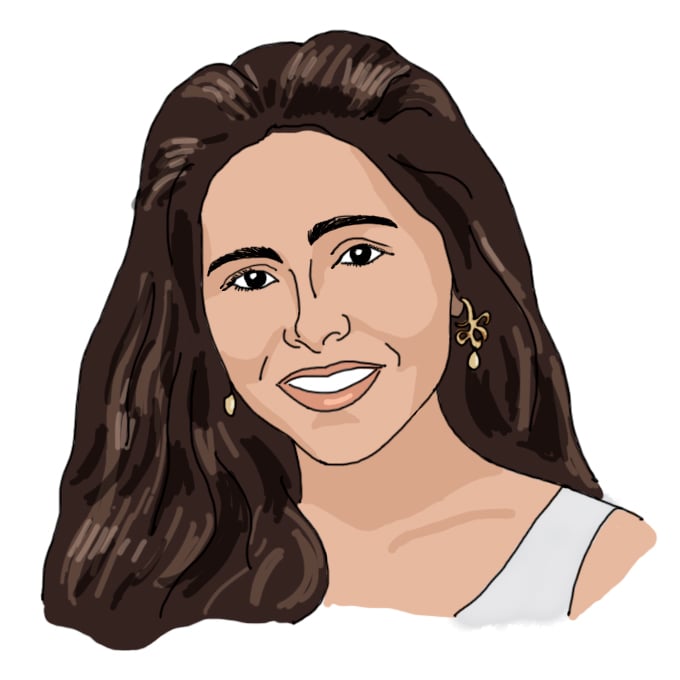
UROPing by Amber V. '24
research, science, and throwing big funnels in lakes
“I’m going to UROP this summer!” I told my mom over the phone.
Later, I was telling my sister about hunting for a place in Boston, and she said, “Aren’t you going to Europe?”
“No, that was last year. There’s a pandemic–”
“Yeah, but Mom said you were going.”
Apparently my whole family thought I was travelling to Europe. I did not understand why, until I sat down to write this blog.
UROP, one of MIT’s umpteen acronyms, stands for Undergraduate Research OPportunities. As my family demonstrates, it’s pronounced like ‘Europe.’ It means internship, essentially, except when you say ‘internship’ at MIT, you mean an internship with an outside company.
Research has been one of my most treasured experiences at MIT thus far, and I am so grateful for my lab. This blog is about how I found my UROP and what my project looks like.
Let’s begin.

~Research Opportunities~
I remember back in high school, every college admissions officer highlighted three things: quirky campus culture, the 500+ clubs, and undergrad research. Some promised that every student could do research at least once in college; others advertised a research internship as early as sophomore year, or, in some cases, freshman year.
The differences meant little to me then. I knew I wanted to get into a lab at some point, but I wasn’t in a rush. At CPW, everyone seemed to be working on something, and that may have swayed me toward MIT, but access to research was not the deciding factor in my college decision-making. In hindsight, I’m grateful I wound up in a place with such a plethora of opportunities.
In the fall of my freshman year, I got a gig with the Rapid Response Group, a public policy focused environmental group run out of the ESI01 Environmental Solutions Initiative at MIT. Acronyms, acronyms. . In spring, however, I wanted something in person, being people-starved as I was. Also, I keep describing my dream job — er, second dream job, the thing that funds writing — as ‘helping the planet and touching trees.’ That can translate to a variety of actual careers. I’d tried my hand at menial labor on farms in Europe, and I wanted something more intellectually stimulating, such as washing beakers.
So IAP rolled around, and I started hunting for UROPs.
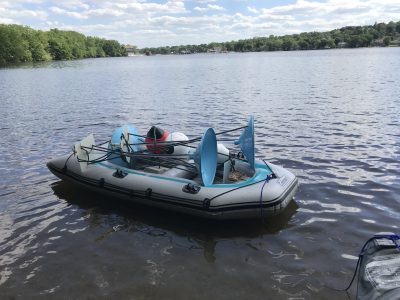
Applying
There’s a nifty website where you can search UROPs by season (fall, IAP, spring, summer) and department, which is what I used. There are other ways to get UROPs, too—one of my friends cold-emailed a professor whose research he found interesting, and wound up getting a position in her lab. I’ve heard you can ask profs for UROP positions after taking a class with them, and if they don’t have any positions open, they might recommend you to someone who does. Also, various mailing lists are said to send info on opportunities that may not have been posted to urop.mit.edu.
I wasn’t sure what I wanted, so I read through everything in the chemistry, mechanical engineering, history, literature, and earth science departments. Many weren’t open to first years, and many required more coding knowledge than I possessed. I found two EAPS02 Earth, Atmospheric, and Planetary Sciences, also known as Course 12. UROPs that looked promising, both in-person and tied to climate change. I fixed up my resume, with a little help from CAPD,03 Career Advice and Professional Development and cold-emailed them.
After that, the turnaround was pretty quick. I went to zoom interviews for both labs over the next week. Before IAP was out, I had two UROP offers in hand.
Both were good. One would start with analysis of water samples, and would teach me about chromatography and statistical significance. The experiment was well along, and it was clear where I would fit in.
The other one was starting from scratch. Equipment needed to be built, and data had yet to be gathered. Chromatography and data analysis would come in time. It was more intimidating, but more open-ended; the space where I’d fit in could be as big or small as I had energy for.
I went with that one.
Methane Bubble Traps
The goal of my UROP is to estimate microbial methane production in manmade reservoirs, which will contribute to our understanding of the global methane budget. To quote my UROP proposal:
Wetlands and bodies of water produce the greenhouse gas methane naturally via microbes in the underlying sediment. When water covers the sediment and the microbes have no oxygen, the microbes survive by producing methane, which then diffuses through the water. If methane production is sufficiently high, methane can collect in the sediment and then bubble rapidly through the water column.
When sources of methane are taken into account, the methane generated by bodies of water is generally written off as ‘natural,’ whereas other sources such as agriculture and gas leakages are described as ‘manmade.’ However, dams can create flooded reservoirs, which are in effect another manmade producer of methane. Massachusetts has a high density of manmade reservoirs; however, there is limited research on how much methane gas these reservoirs produce. This is what our research will target.
There’s a quote misattributed to Einstein that goes, “If you can’t explain it to a six-year-old, you don’t understand it well enough.” In essence, we’re capturing methane gas that rises from the bottom of lakes.
We made these methane bubble traps by modifying a design from a previous MIT lab:
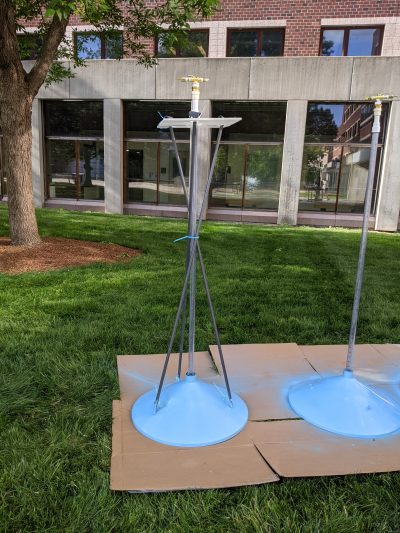
Bubbles flow into the metal funnel and into the clear PVC pipe. The valve at the top connects to a spigot, which we will connect to a pressure sensor to measure how much gas collects over time. It also connects to a rubber septum, which allows us to get samples by sticking a needle through the rubber and withdrawing gas:
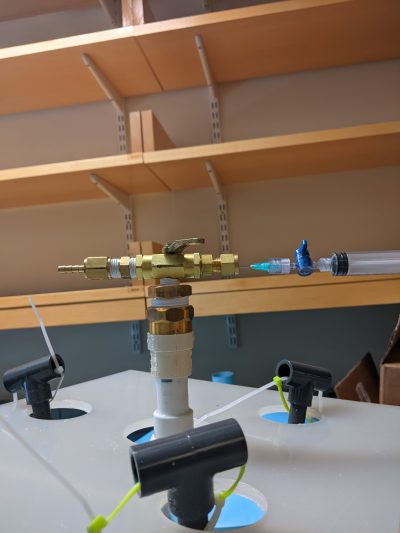
The whole trap sits several feet underwater, held afloat by a buoy.
I spent most of spring semester putting the traps together, and my advisor and I deployed them in a lake just before the end of term. We’ve gone back to collect samples a few times since, and now she’s showing me how to use a gas chromatograph to analyze how much methane is actually in the gas we’ve collected.
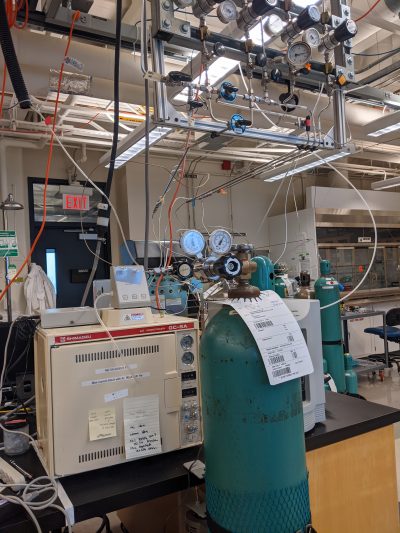
Meanwhile, I’m putting together more traps to deploy. It’s easier the second time around, though assembly is a process.
I showed the first finished trap to my sister, Ruby, and explained what it does:
People and Culture
My first week in lab, a postdoc working near me looked over at my Arduino circuit and said, “Electronics? That’s above my pay grade.”
As a postdoc, he could probably figure it out faster than I could, but that wasn’t the point. I tried not to show it, but I was nervous coming in to lab, especially as a first year, and as one of few women of color in lab. Being welcomed in such a friendly, humble way meant a lot.
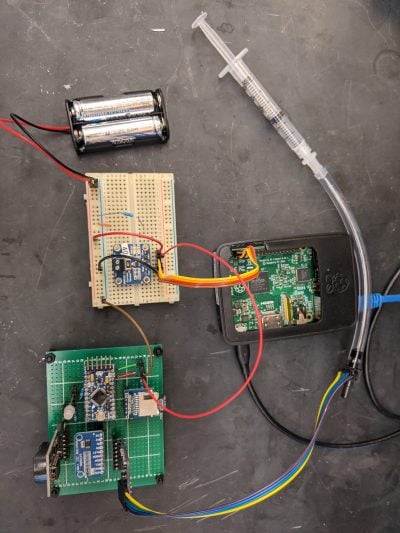
the syringe connects to a pressure sensor, and the circuit includes a real-time clock, so we can record gas pressure in 5-minute intervals
The lab itself is messy, every surface strewn with vials, electronics, wrenches and needles and a big metal clamp. There are boxes of leftover parts: nozzles of various sizes, brass connectors, nuts and bolts and colored wires. Canisters of pressurized gas cluster by the door; one is clamped to the table beside the gas chromatograph, and it’s taller than I am. The lab is full of big machines whose uses one can only guess at, and even after several months here, I only know what a few of them do.
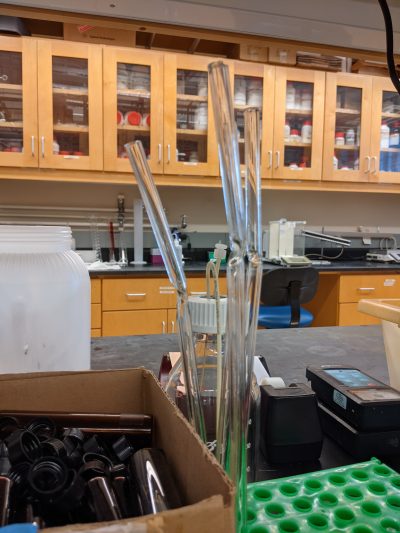
these were heated up and bent right here in lab, though not by me
My supervisor, Ellen, is a PhD candidate in chemical oceanography. She leads the project I’m working on, and she is so very cool, so outdoorsy. She talks about science in the same casual way that I do, albeit she knows a lot more science.
I came home last week brimming with all the conversations I’d had in lab– I was surrounded by kind, passionate people. I’d talked with Ellen about being women in STEM, and how we’d found people who help each other, lift each other up. A postdoc took a break from his research for 40 minutes to talk with me about majors, and what chemistry or engineering could do for me five years from now.
A researcher from England came in asking what would happen if he attached a certain metal converter to a machine that ran on 10,000 volts. Would the converter get fried? Ellen and the postdoc both looked at the machine, hazarded a guess or two, advised him not to try it. We were laughing, at loose ends, scientists and not electrical engineers. I love this vibe. I love this lab.
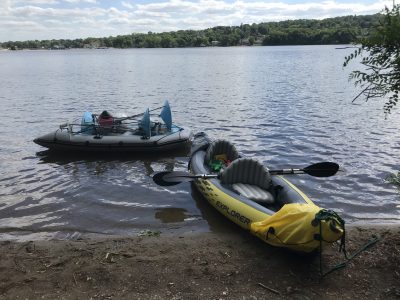
Deploying the traps in the field!
now it is summer and we go out in the field
I’m coming in five days a week now. The other day I was in here in overall shorts and knockoff doc martins covered in blue spray paint, carrying wrenches and drills about lab. It was a good vibe. I’d written that morning, sunk deep into my main character’s psyche as he was thrown in prison, planned a different character’s last words. And then it was lunchtime, and then it was lab time, even though a piece of my mind was still in an emperor’s dungeon, rattling cold iron bars.
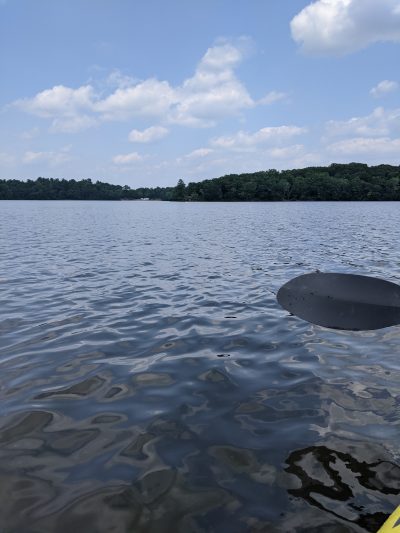
We went out in the field, Ellen showed me how to take samples with a syringe and needle, how to insert the gas samples into vials without contaminating them. Then we rowed out to the buoys, pulled up the traps I hadn’t seen for weeks. The traps were coated in algae, slightly slimy to the touch, and smelled like lake. Little marine animals crawled on the polypropylene board, tiny things with many legs I didn’t know the names of.
I waded into the lake once we were done sampling. Ellen came too. We swam out until our toes didn’t touch the sand, and I mentioned that the water was warmer at the surface, cold underneath. She told me how ice cubes melt slower in salt water, because in fresh water the cold ice-melt goes down, but in salt water the ice-melt is less dense than the salt water and stays at the top, cooling the ice cube.
As we got out of the lake, a man in swim trunks came down to the beach and asked about our sampling syringes — were we junkies? No, we told him, we were doing research.
Do I want to do this forever?
I have this idea of being Indiana Jones, minus the chauvinism and the colonial veneer. Just trekking into the wilderness and collecting little vials of gas and water, pieces of moss, or bark, or stones.
I enjoy all the steps of this process: reading dense papers, designing and building equipment, field work, and analysis. I don’t really like writing articles, though I haven’t had to do that yet, but every job involves a few necessary evils. I’ve also heard that research gets more interesting when you’re controlling everything, setting the hypotheses and designing the experiments.
It seems like researchers move around a lot, hopping from grad school to fellowships, each fellowship a few years long, each one somewhere new. That might feel unstable, but I think I’d like the freedom.
There is the stereotype that grad school is all-consuming, that grad students scarcely have time to eat or sleep, let alone build balanced lives. I would not like that. I could not write. But that stereotype isn’t always true — the people I’ve met here do have work-life balance. They have friends and partners and hobbies, they go out on weekends. It’s a blueprint I could see myself growing into.
I don’t know for sure if I want to do research in the long term, but I do enjoy it now. I love the novelty of this, how every week I’m learning something new. I’m excited to see what this summer brings.
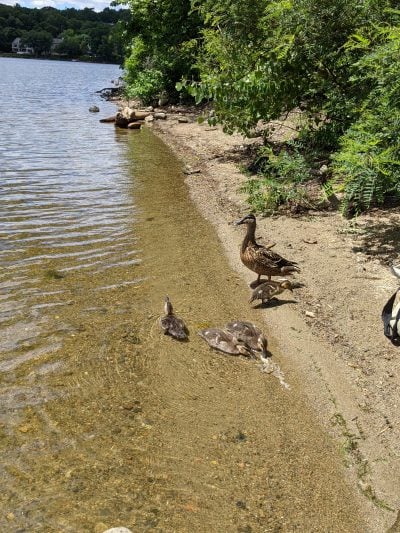
There were ducklings!
- Environmental Solutions Initiative at MIT. Acronyms, acronyms. back to text ↑
- Earth, Atmospheric, and Planetary Sciences, also known as Course 12. back to text ↑
- Career Advice and Professional Development back to text ↑
